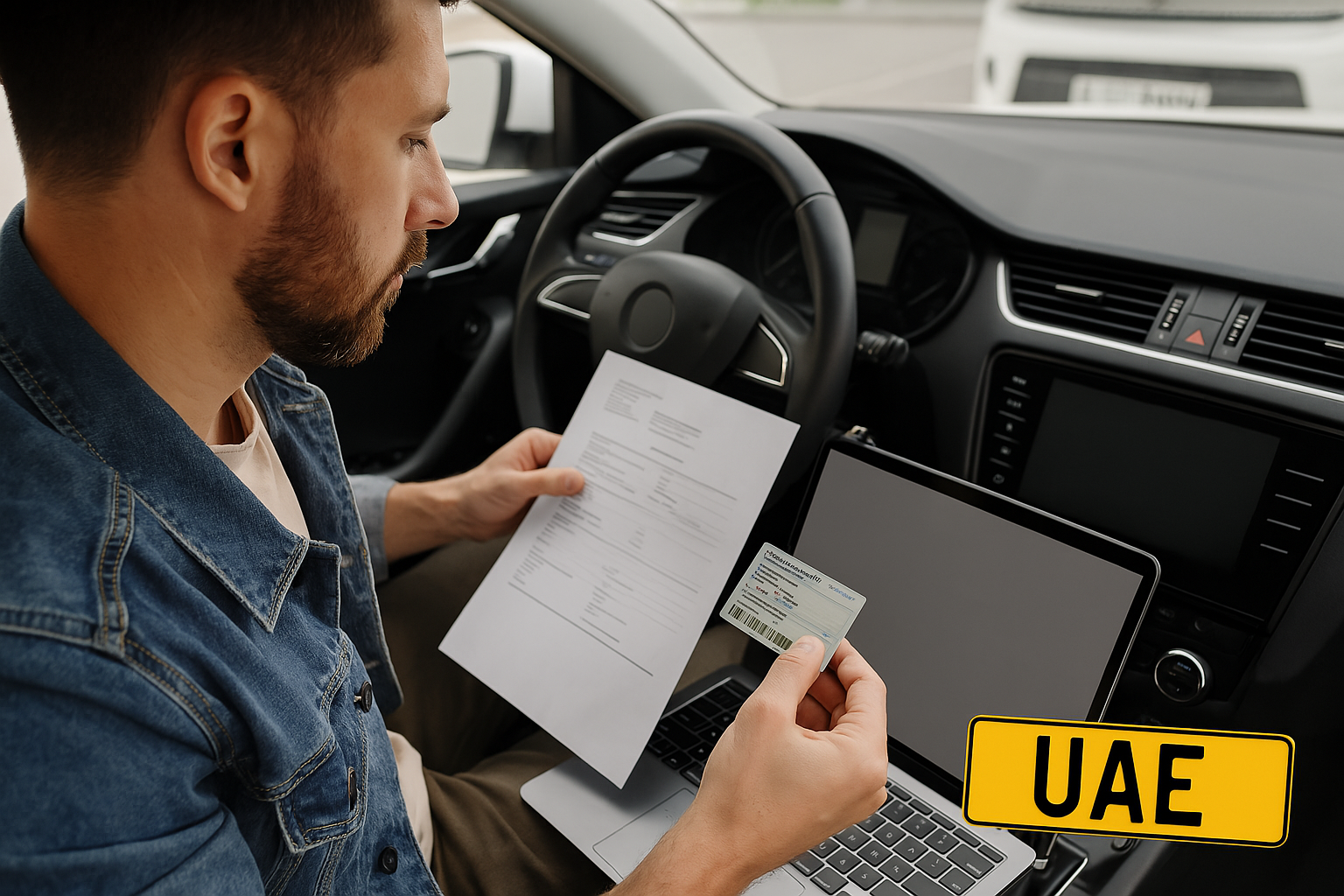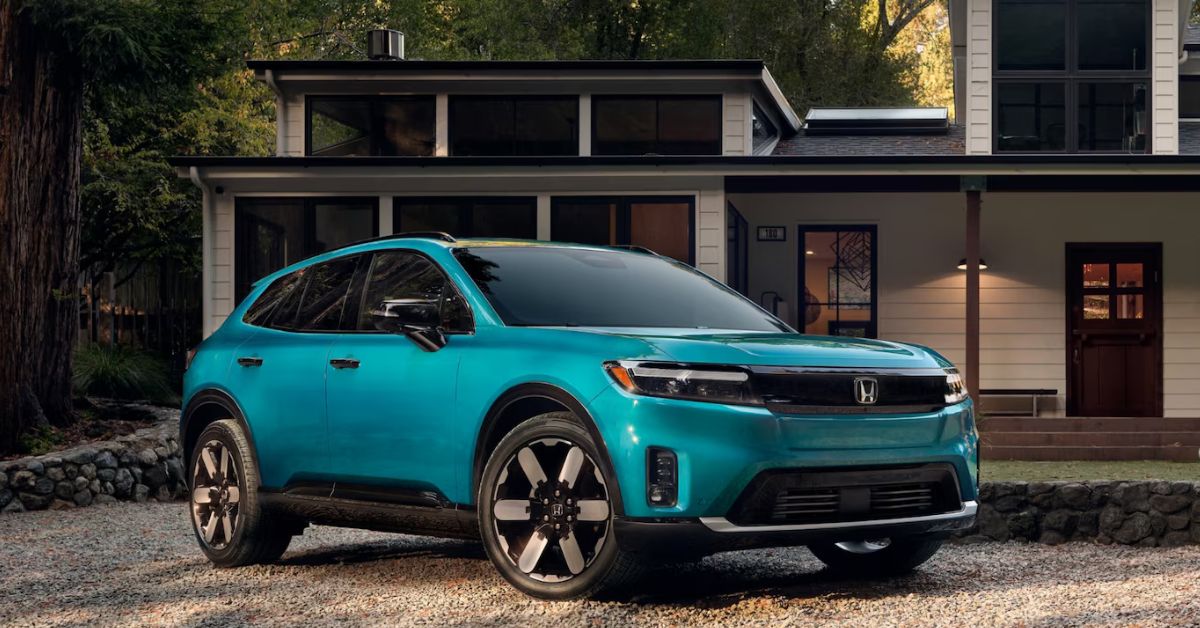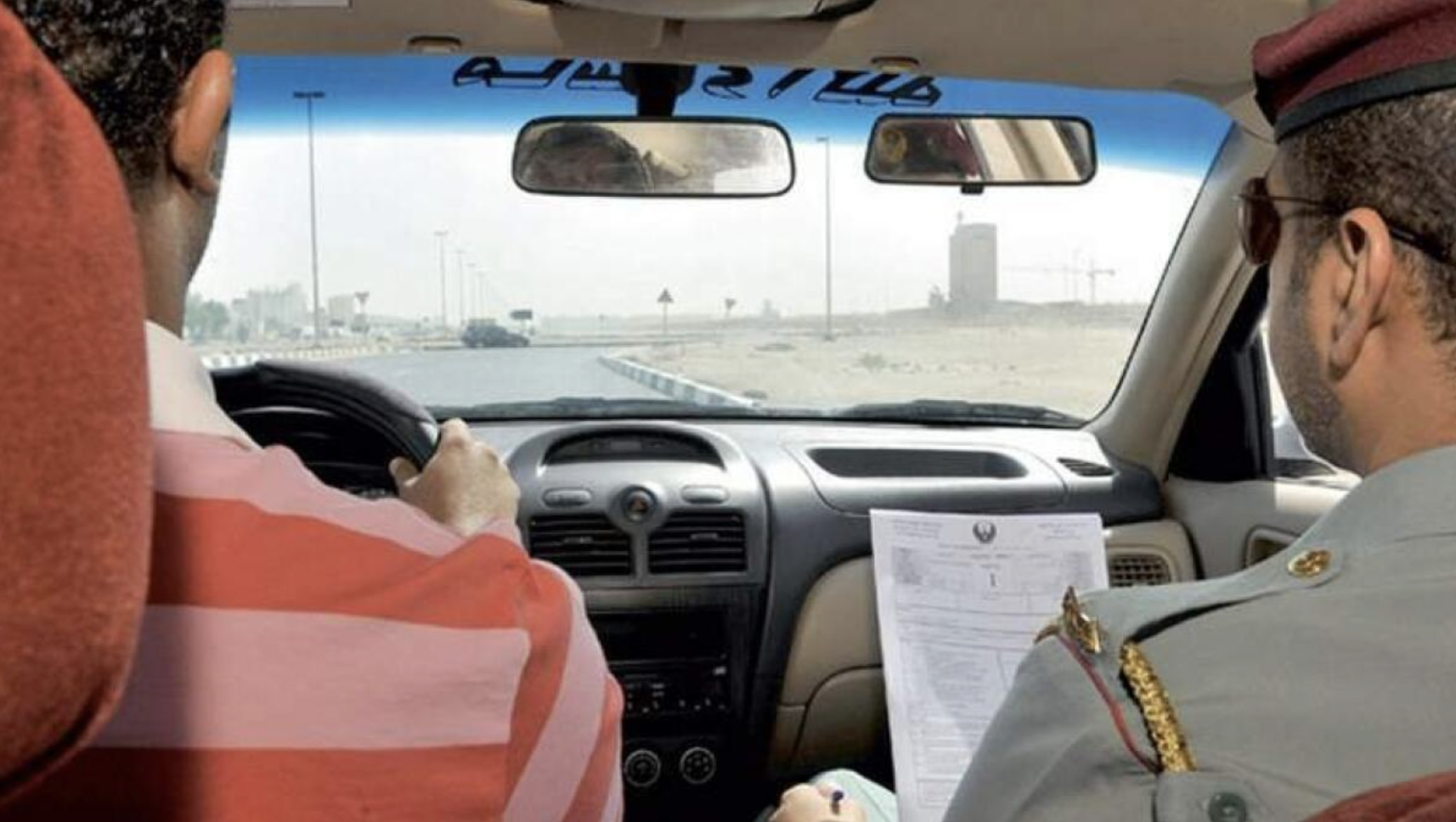
The pitfalls of the practical driving test in the UAE or how to pass the exam at once?
Currently, more and more foreign citizens are getting a UAE resident visa, which hides some subtleties for drivers.
If you have previously traveled to the UAE and driving a rented car, МВУ, it is enough to have the national driving license of your citizenship country, additionally with an IDP. But after obtaining an Arab residence permit, you will certainly have to pass exams and get a local driver's license. By the way, this procedure is not just complicated, but also quite expensive.
If you still decide to take exams in the UAE, then our advice described below will save you from failure and retake with a 100% guarantee. Not any driving school will tell you about these subtleties, because they are all collected from our own experience and we are happy to share them with you.
So, preparation for the practical exam (all the actions you perform must be seen by the examiner):
If the examiner invited you to get in the car, but he hasn't sat down yet, wait for him and don't touch anything yet.
Before the exam starts, when you get into the car with a police officer, be sure to tighten the handbrake (even if it is tightened so that the examiner will definitely see it).
The next step is to adjust the location of the driver's seat, even if it is ideally located for you, you still need to correct it at least a little, thereby showing the police examiner a responsible attitude and attention to driving a car.
After setting up the seat, you also need to adjust the rear-view mirror and side mirrors with both hands, again, if they are comfortably located for you, you should still pay attention to this.
Next, be sure to fasten your seat belt and ask everyone sitting in the car to do the same (you need to say “Fasten your seat belts”), after that, by all means check whether everyone is really buckled.
Then put your hands on the steering wheel and tell the policeman that you are ready to take the exam (you should say “I am ready”) and from that moment until the end of the exam, both your hands should always be on the steering wheel.
Passing the exam
* Please note that the student is required to drive only in the right lane when passing the exam.
* Drive to the roadway - most likely the car will stand in such a way that you will need to reverse out of the parking space and be sure to turn on the turn signal from the side where you will leave. Attention, when moving backwards, you do not need to turn on the emergency light, as is customary in the CIS countries, you only need a turn signal.
* HEAD CHECK - As in many other countries, there is such an item in the UAE traffic rules, which is called HEAD CHECK (in some countries it may be called Shoulder Check).
HEAD CHECK implies the need to make certain head movements when moving to another lane or turning in one direction or another or other maneuvers. Namely, look first in the rear-view mirror, then turn your head and look in the side mirror to the side where you turn, then turn your head even harder and look out the passenger rear window, so that your chin touches the shoulder, and finally return your look in the rear-view mirror.
If you didn't look around exactly in this sequence before the maneuver, it is quite possible that you have already failed the exam.
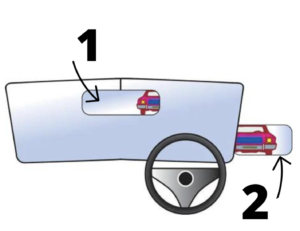
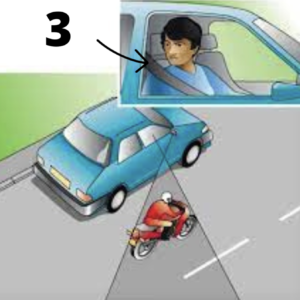
* Circular traffic is standard at roundabouts in the UAE includes 2 lanes, external and internal, so when driving here it is necessary to take into account the row and the turning on of the turning signals:
1st exit to the right - if you need to turn right, in this case the movement should be in the outer lane and the right turn signal turns on immediately at the entrance to the circular.
2nd exit straight and to the right - if you need to drive straight, in this case the movement should also be in the outer lane, but the right turn signal does not turn on immediately at the entrance to the ring, but when you have already passed the 1st exit and are ready to move out of the roundabout.
3rd exit to the left and 4th exit U-turn - if you need to go left, then the movement is already in the inner lane, at the entrance the left turn signal immediately turns on, and at the exit it switches to the right to show the intention to move out.
Note an important nuance, before leaving the roundabout in this case, you do NOT need to change to the lane!
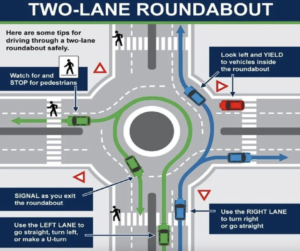
* * Turn signal - if you are driving on the main road, but it bends (a long turn) and goes to the right, then you still need to turn on the turn signal.
* The speed limit is 60 km/h on wide roads (from 2 lanes in one direction), in this case you need to go a little less, because if the speed is 61, then this is already a violation for the examiner. On two-way roads with one lane in one direction and a second lane in the other - 40 km/h. There are no pointers - you just need to know!
If you are driving along Service road (technical pockets with parking lots) - the traffic should be from 30 to 40 km.
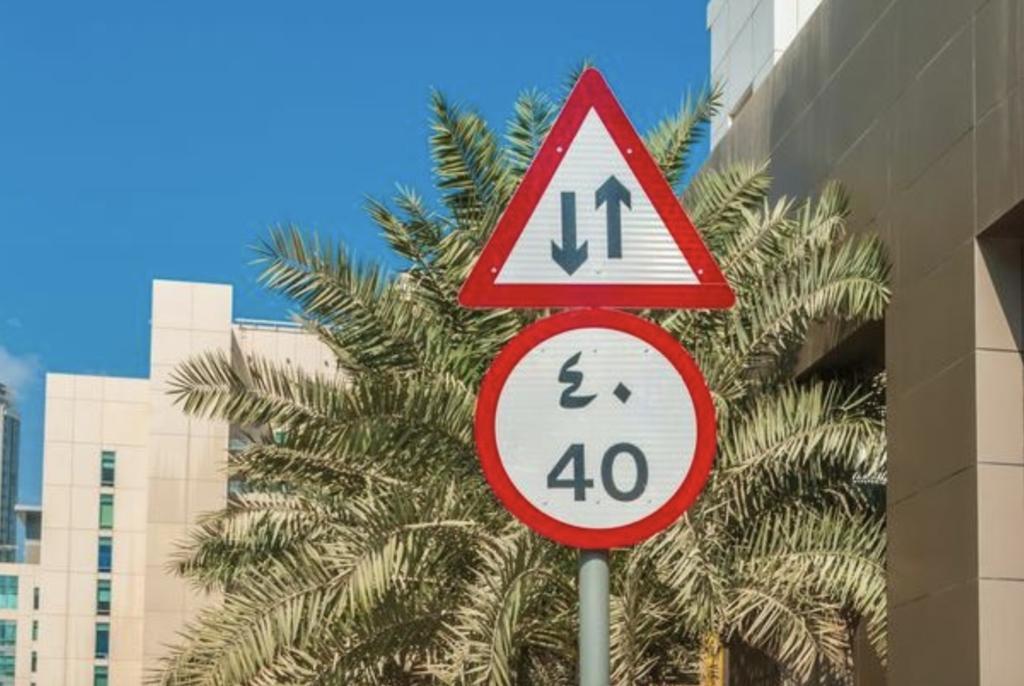
* Parking - the examiner may ask you to park the car parallel to the front or at an angle of 45 degrees, less often it is possible to park on the ground. Moreover, the examiner may ask you to park anywhere. Before you make a parking maneuver, you definitely need to make a Head Check. When you have already parked, it is necessary to put the transmission on the parking lot and tighten the handbrake. If there is unpaved Parking, then you also need to turn on the emergency light.

* Emergency signal - if you miss a pedestrian at a zebra crossing and your car is the first before crossing, it is necessary to turn on the emergency light. Also, if you miss a large car that leaves (or turns around blocking your path) from the adjacent territory, you also need to stop and turn on the emergency light.
* Sound signal - if you see a pedestrian walking (or riding a scooter) along the road with his back to your direction of driving, then you also need to inform him with a quiet sound signal that you are approaching.
* Distance between cars - it is necessary to keep the distance between cars such that the car in front of you can be seen entirely, including the wheels.
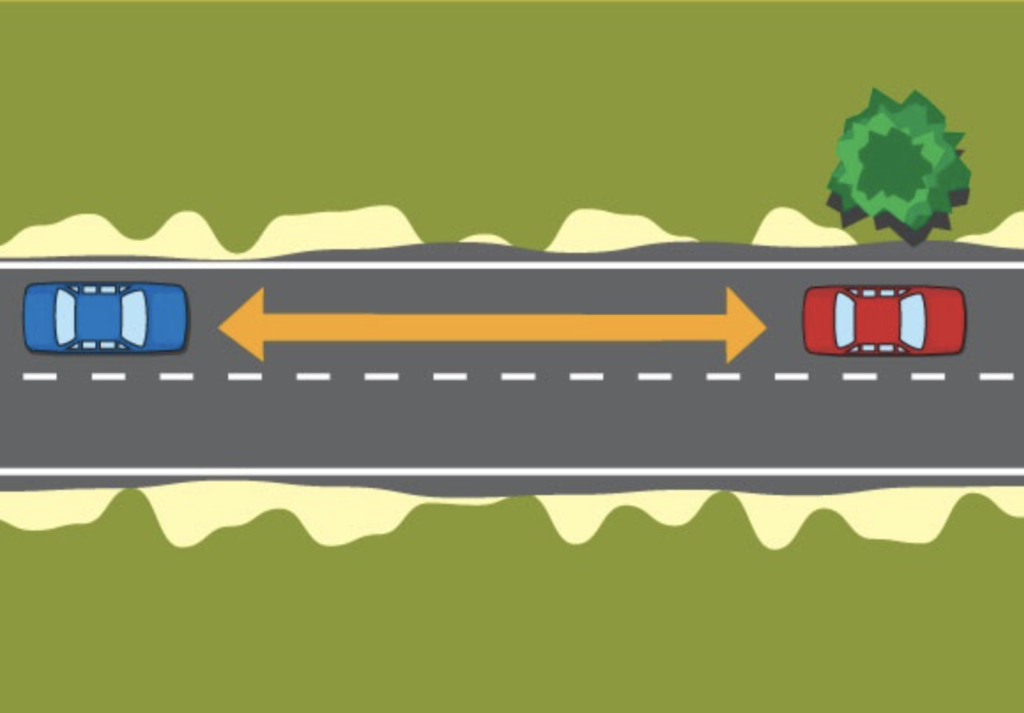
* Additional information - when driving a car, both your hands should always be on the steering wheel, and it is advisable not to cross them during maneuvers, since they will definitely take a point for this.
* Attention! It is worth remembering that sunglasses and shorts are prohibited on the exam.
Good luck!





